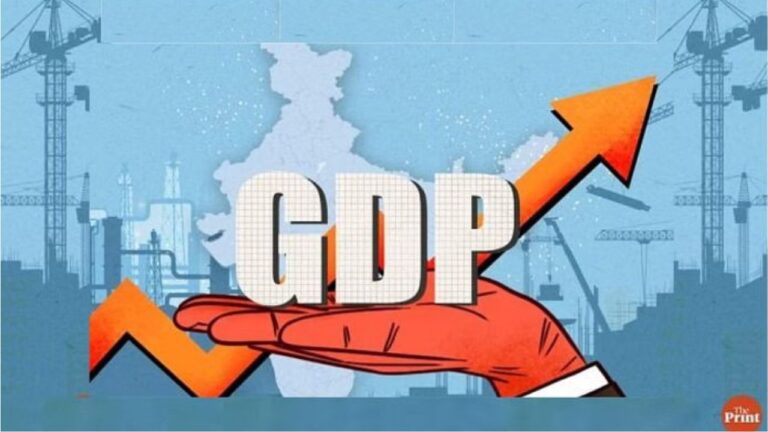
In a move aimed at streamlining tax payments and promoting digital governance, the Income Tax Department has rolled out a new ‘e-Pay Tax’ feature on its official e-filing portal. The initiative, announced by the Central Board of Direct Taxes (CBDT), seeks to simplify the tax payment process by eliminating the need for physical visits to banks and reducing the complexities traditionally associated with filing taxes.
According to a statement issued by the CBDT, the new feature allows taxpayers to make payments without logging into the system, thereby removing the requirement for usernames and passwords. “Gone are the days of long queues at banks, tedious form-filling, and the looming anxiety of last-minute tax payments,” the statement read. “The ‘e-Pay Tax’ feature is an elegant, efficient, and hassle-free method to fulfil your tax obligations.”
To access the service, taxpayers need to visit the official e-filing website and choose the ‘e-Pay Tax’ option. They must then authenticate their identity by entering their Permanent Account Number (PAN) and mobile number, followed by a one-time password (OTP) verification.
Once authenticated, users can select the relevant tax category—such as income tax or advance tax—and provide necessary payment details, including any applicable surcharges, interest, or penalties. After reviewing the inputs, the user can proceed with the payment by clicking ‘Pay Now’.
Upon successful completion of the transaction, taxpayers will receive an instant confirmation via SMS and email, and will have the option to download the payment receipt, known as Challan.
The CBDT emphasized that this digital initiative is more than a technological enhancement; it represents a broader transformation in how the government interacts with citizens. “It’s a small window into what digital governance should look like—marked by convenience, speed, and simplicity,” the board noted.
The ‘e-Pay Tax’ facility is especially beneficial for individual taxpayers and small businesses, making the compliance process more user-friendly and accessible. By removing friction from the tax payment system, the feature aims to encourage timely compliance and foster a culture of responsible tax behavior.
Income tax in India is governed by the Income Tax Act of 1961 and is levied annually on individuals and entities. The financial year begins on April 1 and ends on March 31 of the following year. The period in which income is earned is termed the “previous year,” while the subsequent year in which the income is assessed and taxed is referred to as the “assessment year.” This initiative signals a progressive shift in tax administration, underscoring the government’s commitment to making financial systems more transparent and citizen-centric.





